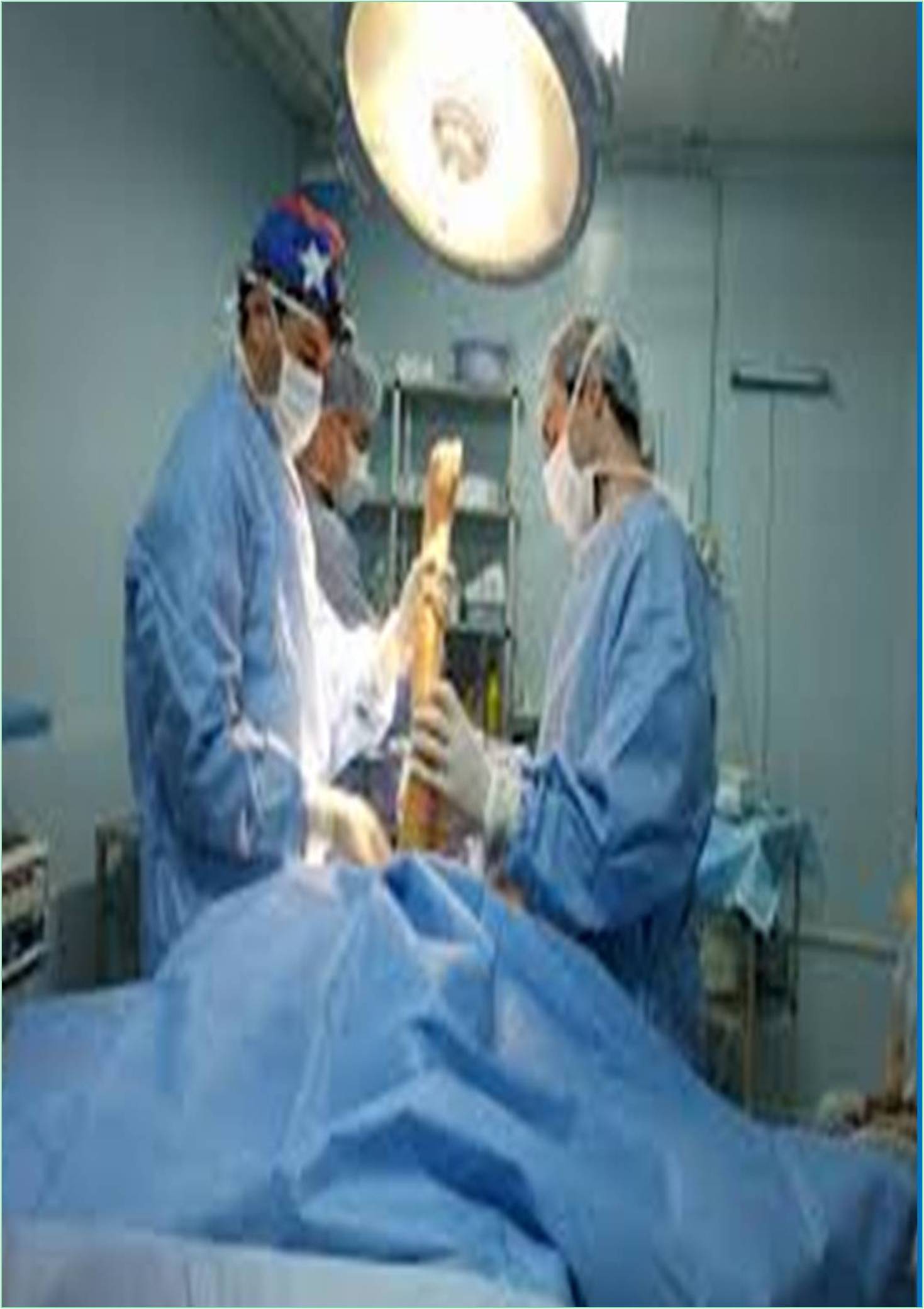



Received: 02-Aug-2022, Manuscript No. GJOPTP-22-73240; Editor assigned: 05-Aug-2022, Pre QC No. GJOPTP-22-73240(PQ); Reviewed: 19-Aug-2022, QC No. GJOPTP-22-73240; Revised: 26-Aug-2022, Manuscript No. GJOPTP-22-73240(R); Published: 02-Sep-2022, DOI: 10.15651/GJOPTP.22.9.008
The prospect of developing the "Virtual Human" has emerged due to the capacity to mix computer sciences with engineering and physiological assessments. The basic framework for a fully functional biomechanics simulation for the human musculoskeletal system. In order to explore joint and tissue formation mechanics at the structural level and to depict the results in both static and animated dynamic forms, simulation technology combines the skills in structural engineering and graphic modeling. The "Virtual Human" concept seeks to simulate and comprehend human anatomy and physiology using realistic and anatomically correct models and data. A virtual human will eventually result in an integrated system of human organ structures that will explain various functional behaviors and activities of a "reference human" on a large scale. Virtual Human is already a reality thanks to the recent growth in research and technology that brought together engineering and biological sciences. The creation and applications of a modeling and computational software package for the human musculoskeletal joint system are described in this study. This software enables the execution of a broad range of biomechanical assessments in either an experimental or simulated setting. It combines physiological models, computer graphics and analysis tools to assess the impact of pathological, ergonomic and environmental circumstances on the human musculoskeletal joint system. In addition to its visual appeal. As a forerunner to the great challenge of the "Virtual Human" concept, this initiative represents a disciplinary partnership between bioengineers, computer scientists and doctors with a variety of applications, combining patient care, translational research and medical education.
This creative idea and body of work has long been disregarded in the field of biomedical research, but it has recently gained significant support from a rising number of researchers in the field of traditional biomechanics with the support of modern engineering technology. Through system simulation and graphical visualization, engineers have been trying to adapt and improve the "Virtual Reality" (VR) idea for model analysis and data presentation from two-dimensional (2D), three-dimensional (3D), and even four-dimensional (4D) space. Current medical procedure emulators and human-factor settings for skill training and to track physiological reactions. The engineering behind VR is distinct from that of the skill-training, gaming, entertainment, and advertising industries. Bioengineering models must meet accuracy, quantitative, computational and interactivity requirements in addition to visual, tactile, and sensory requirements. The basic presumptions of the current development and implementation were these key assumptions. The immediate result of this concept is the most recent developments in surgical navigation and robotic technologies.
The Virtual Interactive Musculoskeletal System (VIMS) is a highly adaptable simulation tool that presents data in a visually appealing, approachable and simple to understand environment while allowing computational techniques to be incorporated into the software design. Despite the fact that these models and tools demand a lot of computer memory, processing power and visual capability, they are perfect and natural for the burgeoning field of Cloud Computing (CC). The proprietary Model and software was used in the construction of this musculoskeletal biomechanics simulation system (original products of the Engineering Animation). The three integrated components "VIMS-Model," "VIMS-Tool" and "VIMS-Lab" can each be utilized independently for a specific application and also enable cooperation through VIMS. On the basis of the general model forms, homogeneous, multidimensional and nonparametric scaling strategies are required to accommodate model variation among the normal population and pathologic effects. The developments were prompted by the requirements and restrictions of musculoskeletal systems and biomechanical evaluations.
The problems associated with modeling and analysis has prevented multi body dynamic analysis of the musculoskeletal system from receiving the attention. The internal muscle, ligament and joint forces that cause limb segment external loading and motion are still yet completely unknown. An optimization technique was only used to approximately determine the distribution of the limb or joint forces among the tendons, ligaments and articulating surfaces and the redundancy of the control variables in the anatomical system. To promote close cooperation among various researchers in the musculoskeletal biomechanics community, a useroriented network the "VIMS-Net" subscribing to the same environment where virtual interactive musculoskeletal system would be maintained and operated, can be developed on the Internet. The development of patient specific and devicebased models for pre interventional planning in bone fracture management, limb lengthening, skeletal deformity correction through osteotomy, joint replacement and radio frequency tumor ablation in orthopedic can all be influenced by this integrated software system and model database Under the catchy names "surgical navigation" and "robotic surgery" etc., a visual feedback and biomechanics based system for computer aided surgery and computer aided rehabilitation has gained popularity recently established. Simulation based teaching and skill training using virtual instruments and environments can also be established. The disciplines of advertising, litigation, finance, architecture and entertainment have already benefited from wider applications of this technology.